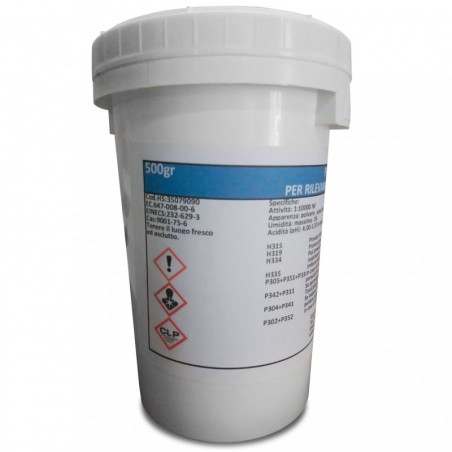Yersiniosis is a human disease mainly due to the ingestion of raw or undercooked pork contaminated with Yersinia and mostly with the species Yersinia enterocolitica. As 74.3% of pig batches at slaughterhouses in France carry Y. enterocolitica, it is important to study the diversity of these strains in order to better understand the risk they represent for humans.
A survey carried out in 2009 on one slaughterhouse (A1) and in 2010 - 2011 on 16 slaughterhouses (A1 - A16) established a collection of strains of Y. enterocolitica representative of the pig strains found in France. Among these strains, 316 strains isolated in 2009 from slaughterhouse A1 and 64 strains isolated in 2010 from slaughterhouses A1 and A2 were biotyped and genetically characterized for their virulence genes and Xba1 - PFGE profile. The chromosomal virulence gene coding for an adhesin (ail), an enterotoxin (ystA) and fimbriae (myfA) and the presence of the virulence plasmid (pYV) were detected by PCR. PFGE profiles of the strains were determined with the restriction enzyme XbaI.

Biotype 4, responsible for the majority of human clinical cases, represented 89.5% of the strains and biotype 3 only 8.5 %. Twelve PFGE profiles were identified with one common to both survey years and to the two slaughterhouses. However, seven new PFGE profiles appeared in 2010 and four observed in 2009 were absent in 2010. Among the 380 strains, 88.1% had all the virulence genes tested. This virulence profile was detected for the two biotypes. Some strains (11.8%) did not have the plasmid.
Our study revealed that the population of Y. enterocolitica in pig can change over time and that the strains have the capacity to infect humans.
Pierre Raymond , Annie Labbe, Marc Fondrevez, Catherine Houdayer, Martine Denis, Emilie Esnault. Diversity of Yersinia enterocolitica in French slaughterhouses. 49e Journées de la Recherche Porcine.




